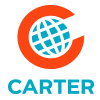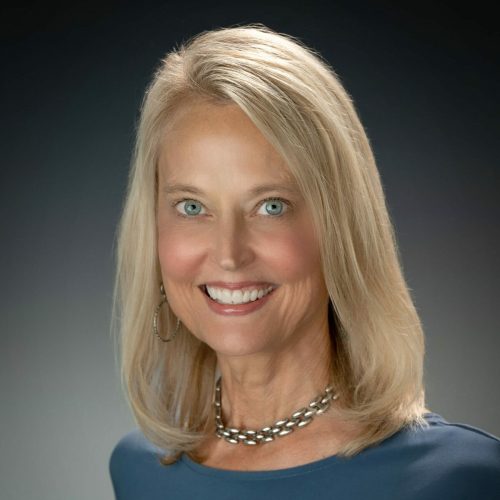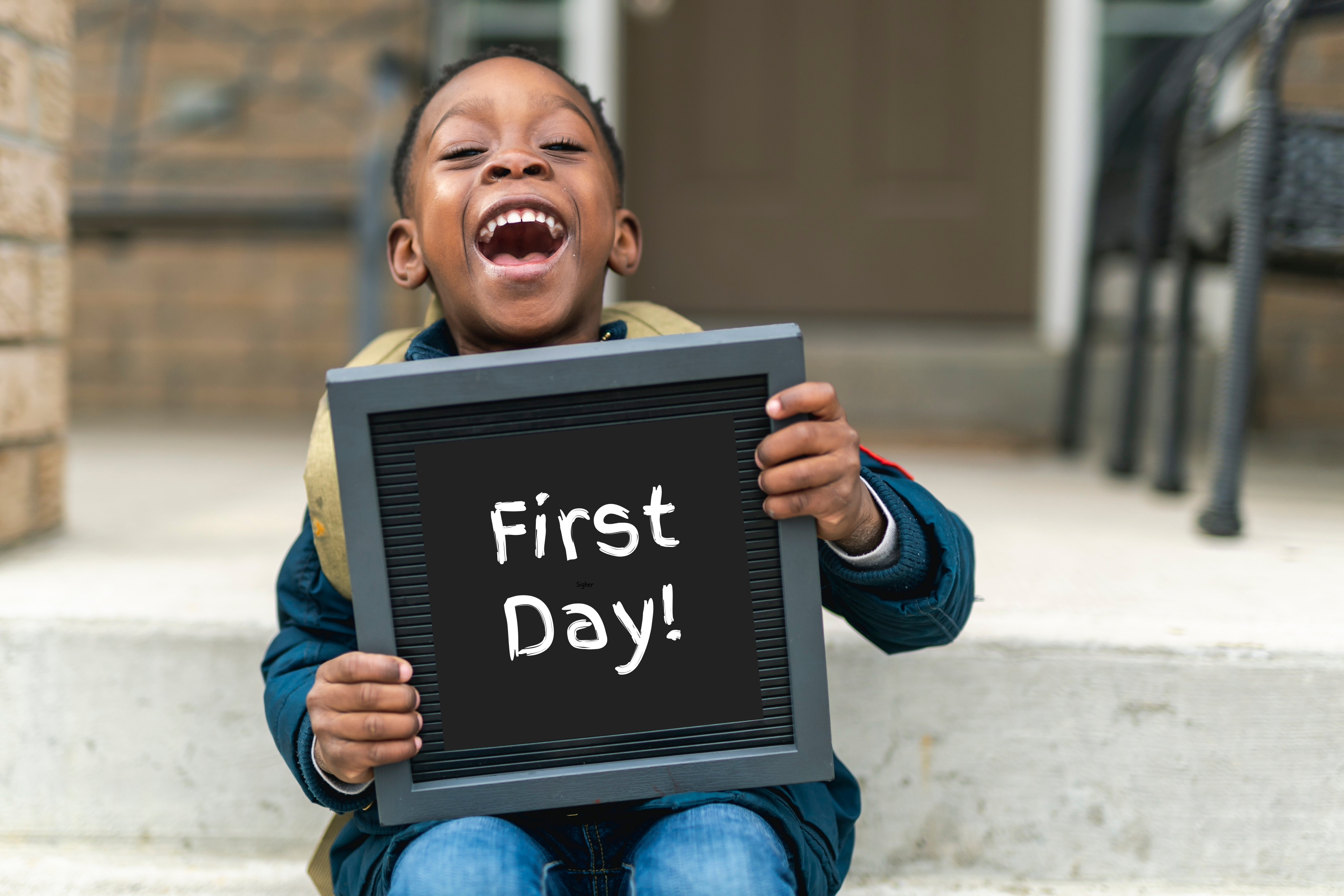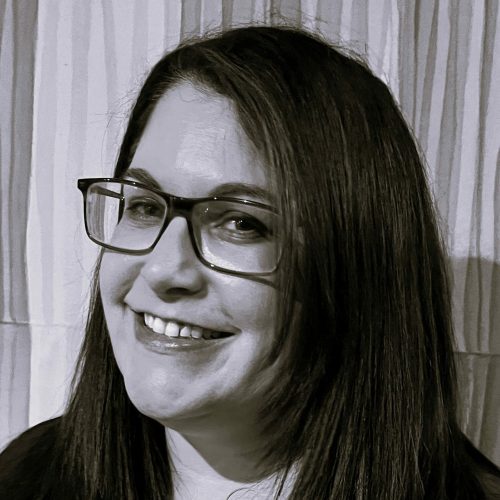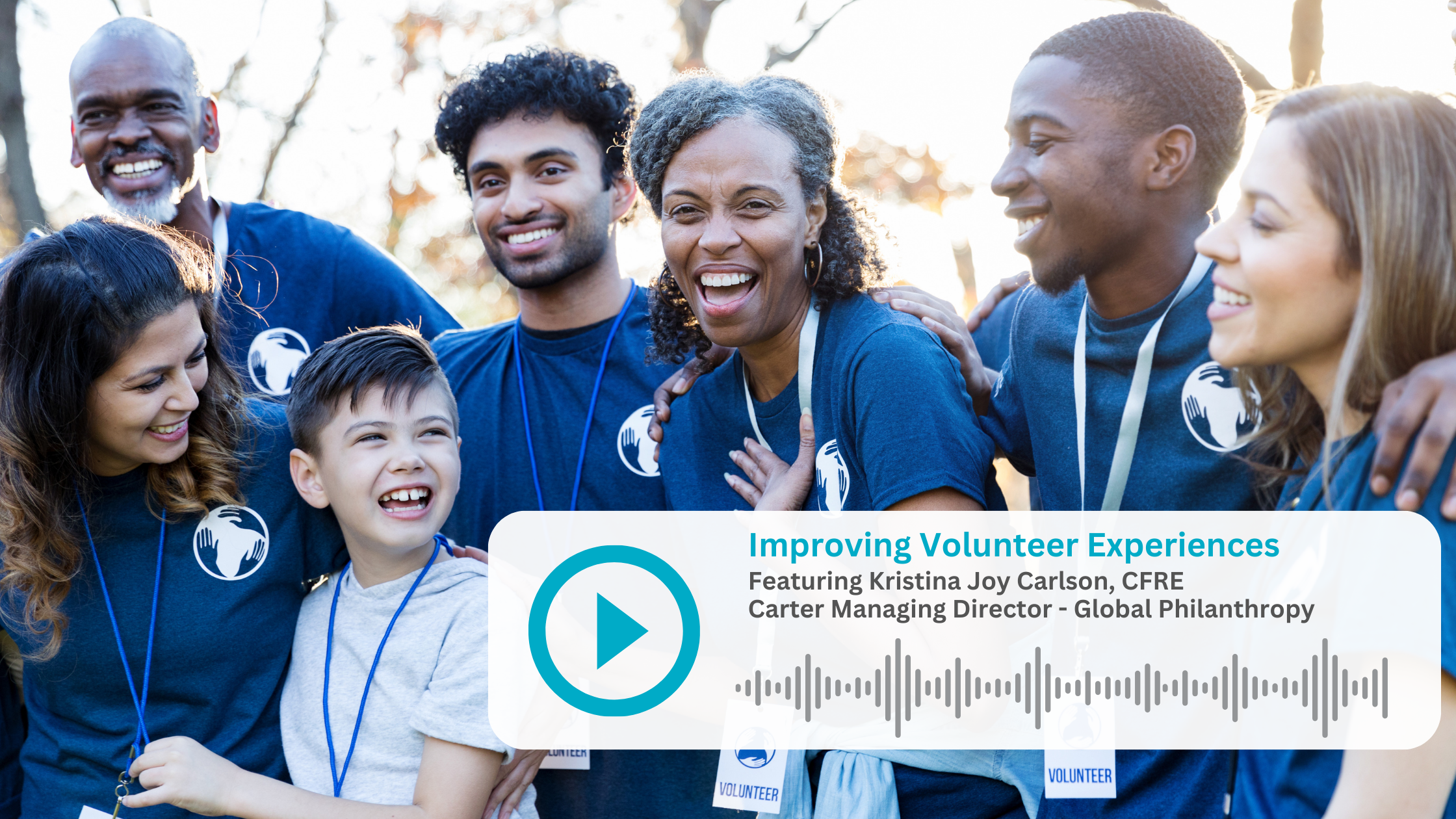In today’s uncertain economic climate—marked by significant cuts to government spending, high interest rates, fluctuating markets, and cautious consumer spending—nonprofit leaders are asking: How do we continue to fundraise effectively in an uncertain economy?
Fortunately, history offers both insight and hope. Drawing from decades of experience navigating economic crises, Bob Carter, CFRE, and Steve Higgins, CFRE, have distilled powerful, time-tested strategies into opportunities for organizational growth and deeper donor relationships.
As we face today’s challenges, these takeaways offer guidance and encouragement for nonprofits looking to lead with clarity, compassion, and courage—creating the foundation for unprecedented fundraising success when markets recover.
1. Philanthropy Endures – Even in Choppy Waters
Despite economic headwinds—philanthropic giving remains strong. Just like during the 2008–2009 recession and even COVID, Americans continue to give.
The chart below reveals a profound truth about philanthropy: while the market may experience significant swings, charitable giving maintains remarkable resilience. This stability illustrates a fundamental principle: true philanthropy flows from the human heart, transcending temporary market fluctuations. Even in turbulent times, generosity persists.
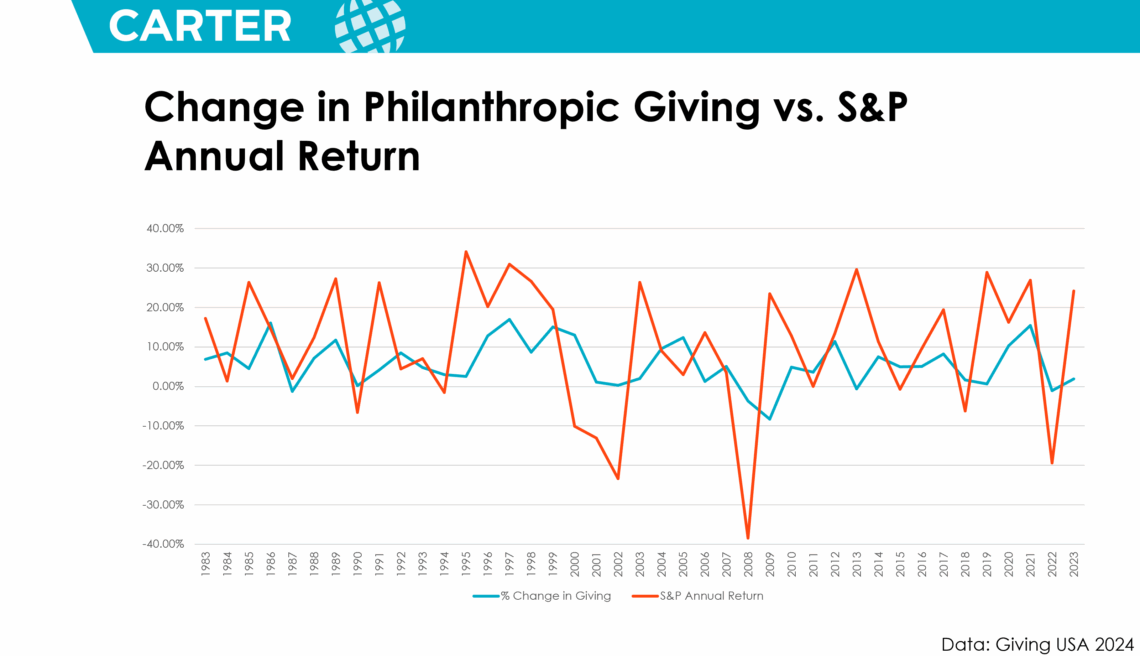
2. Recession Is a Cycle – and Recovery Is Always in Sight
There is always recovery, and we must prepare for that recovery. Grant yourself 30 minutes to wring your hands, then shift into preparation mode. Organizations that strategically position themselves during difficult periods emerge as leaders when conditions improve. Your decision now will determine if you merely survive or if you thrive.
Our equities market is driven by two human behaviors – fear and greed – and with the enormous assets our country holds, even during a recession, there will always be someone waiting for the market to hit bottom, buy back in and, in turn, they help restore the market and economy. Opportunity always overcomes uncertainty.
3. Consider Strategies to Reduce Your Organization’s Reliance on Federal Funding
Given cuts to federal domestic grants and international aid, reducing your organization’s reliance on federal funds may be high on your organization’s priority list. If you would like to lean more into the private sector while remaining well-positioned to leverage future federal funding opportunities, we have developed another blog post with action steps for getting started that you can read here.
4. Calm Leadership in a Noisy Market
In a time when organizations are feeling the squeeze—nonprofit leaders who project confidence and vision can create clarity. That’s especially true now as people look for a steady hand at the wheel amid financial and geopolitical uncertainty.
During difficult times, your work is often more important and needed more urgently. Be confident that even if the pie is smaller, your organization deserves a fair share of that pie. Weaker agencies will drop out of the marketplace, and stronger agencies will stay in, giving them even more of an advantage. Take your piece of the pie and your important place in the philanthropic sector.
5. Communication is KEY
With your board and staff, you should be having proactive and honest conversations about the difficulties you’re facing and invite their input into solutions. Remember, convey stability; you will get through this, and invite their input into how you will get through it.
It is also vital to have transparent yet confident and calm communications with your major donors. Start these conversations on a personal level. “How can we help you during this period? Are you okay? Is your family okay?” Care and compassion will deepen your relationship and engagement with your donors.
Major donors supporting, say, 10 organizations in good times may only prioritize four or five organizations during a recession. However, they often give more to those four or five. You want to be one of those organizations. This is a relationship that’s developed outside of recessionary times, but it’s never too late to start.
Lastly, communicate with colleagues and others outside of the philanthropic sector. So many creative strategies come from outside of our “bubbles.”
6. Action Beats Paralysis
There are three types of organizations: those who make things happen, those who expect things to happen and those who wonder, “What just happened?” – be the one who makes things happen.
You don’t have to have a perfect plan, but you need to have a plan and act on it. You can adjust as needed, as activity often leads to what we call a “pop-up solution.” It’s amazing how much smarter we become when we put our minds and actions into working on a solution.
We strongly advise against “hunkering down.” Boards often struggle with this and think the organization needs to lay low or plan on being a smaller operation. We encourage you to challenge your board on this – ask them if they would do this with their business. Would they consciously reduce their business, or would they work aggressively on the top line and take care of the bottom line as needed?
7. Creativity is a Survival Skill
In uncertain times, you must be nimble and flexible, as things will happen you can’t control. But incredible, creative solutions come from facing adversity – necessity is the mother of invention.
You can also take a creative look at potential partners in your sector or area with whom to collaborate. Are there organizations you could partner with to ride this out and perhaps make everyone stronger?
8. Learn From and Use Your Data
In an economy defined by rapid changes, using data to understand donor behavior, operational efficiency, and program impact is not optional—it’s strategic. With newer tools available in 2025 (AI-driven CRMs, donor segmentation, predictive modeling), nonprofits can make more innovative moves faster.
9. Consider Accepting Different Types of Donations
With markets still correcting and many investors holding volatile portfolios, don’t miss the opportunity to invite depreciated securities or other non-cash gifts. These strategies can help donors minimize tax liabilities while supporting your cause.
10. Capital Campaigns Can Still Fly
The campaigns we worked on in the 2008-2009 recession were still very successful. They took longer (you may need to consider extending pledge deadlines), but the organizations that stayed focused on campaigns were getting a disproportionate amount of dollars coming out of that recession without question. Their big vision “against all odds” helped inspire donors to make a philanthropic investment versus just a charitable gift. Well-planned and executed campaigns raise awareness and sharpen an organization in any economy.
11. Protect the Infrastructure of Giving
In 2010, the deficit reduction committee proposed doing away with the federal charitable tax deduction entirely to the senate finance committee. It was voted down 18 to 11, but that was a wake-up call that we could lose what the world considers to be the gold standard for encouraging people to support ideas and values they believe in.
During recessionary times, in particular, talk to your representatives and keep an eye on this issue. Ask them to support the freedom of philanthropy. Staying involved in policy discussions ensures nonprofits aren’t blinded by legislative changes that could reshape giving incentives.
If you have any follow-up questions, we hope you will reach out to our team. We will always make ourselves available as a resource to you as you advance your mission and philanthropy. If you don’t already have a direct contact at Carter, please email labolg.retrac@ofni, and we’ll put you in touch with a senior-level consultant specific to your needs.
About the Authors

Bob Carter, CFRE - Chairman
Bob Carter, CFRE, is one of the world’s most respected, experienced and recognized experts in institutional strategy and philanthropy. During the past four decades, Bob has strengthened a variety of organizations throughout the world by helping them overcome challenges and capitalize on opportunities to be successful. Bob is currently serving as a member of the Board of the World Health Organization (WHO) Foundation, where he is a founding board member, and he is Chair Emeritus of the Association of Fundraising Professionals (AFP) International Board of Directors. Learn more about Bob here.
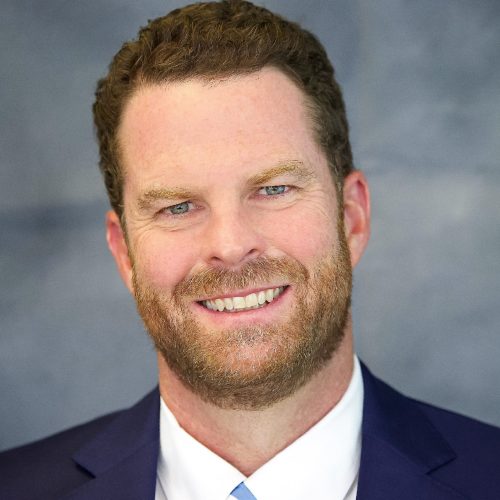
Steve Higgins, CFRE - President & CEO
Steve Higgins, CFRE, President & CEO of Carter, is one of the most respected and seasoned nonprofit consultants in the profession. He works with organizations’ development staff, executive leaders, trustees, and volunteers, providing counsel in fundraising, governance, and strategic planning. With over 25 years of combined consulting and nonprofit experience, his fundraising counsel focuses on major and mega gift strategies, leadership coaching, campaign counsel and readiness, capacity building, and organizational assessment. Read more about Steve here.
About Carter:
When it comes to transformational change, nonprofits are experts at knowing what they need to achieve but don’t always have the tools they need to get there. Carter makes the journey easier. Co-founded by Bob Carter and Steve Higgins in 2011, Carter gathered a select team of the nation’s most respected nonprofit professionals working to advance philanthropy worldwide in the areas of fundraising, governance and organizational planning. Each Carter consultant brings decades of executive-level development experience to serve as an extension of your team and help you maximize your organization’s potential and better serve your cause. For more information, visit www.carter.global.
